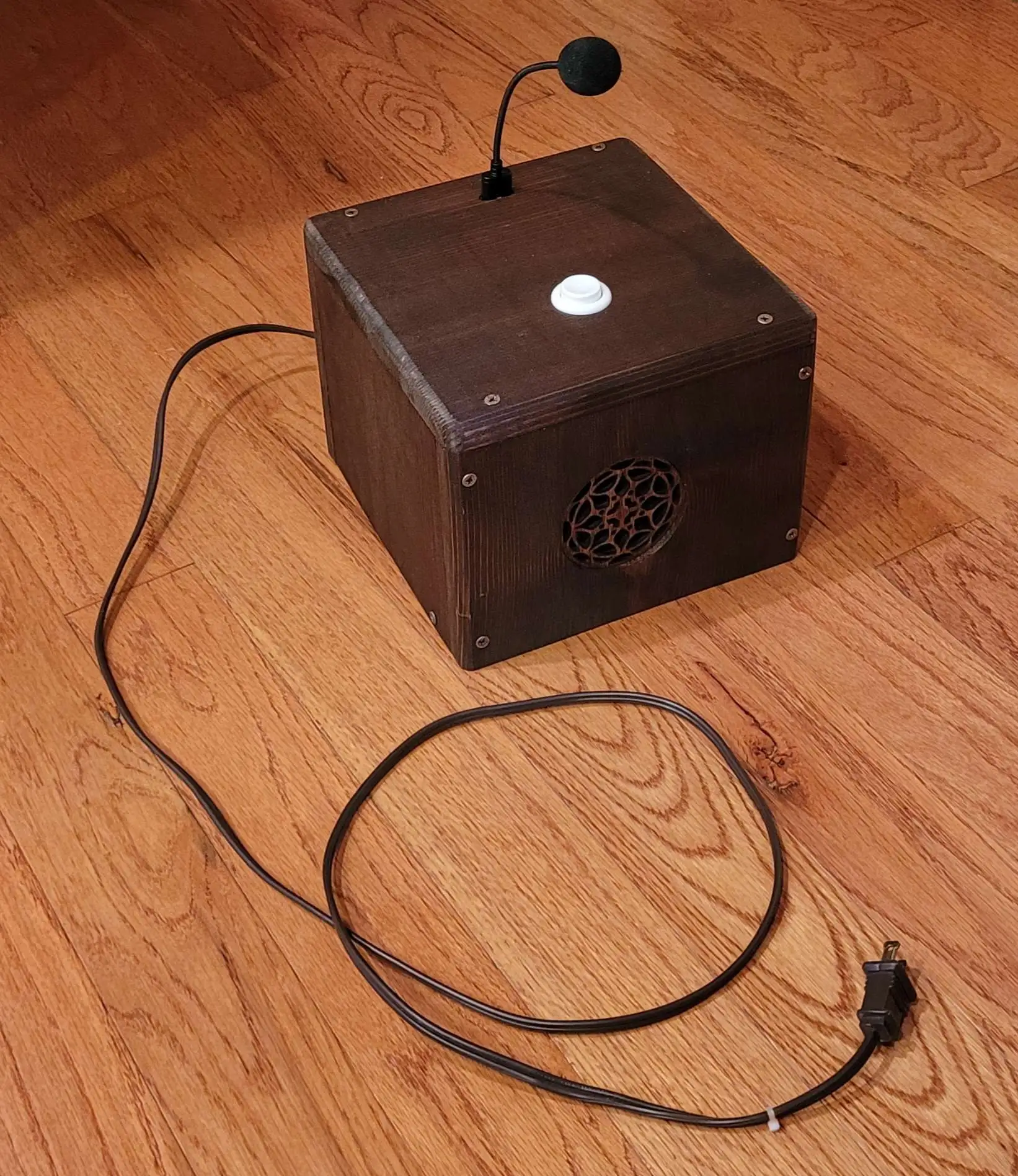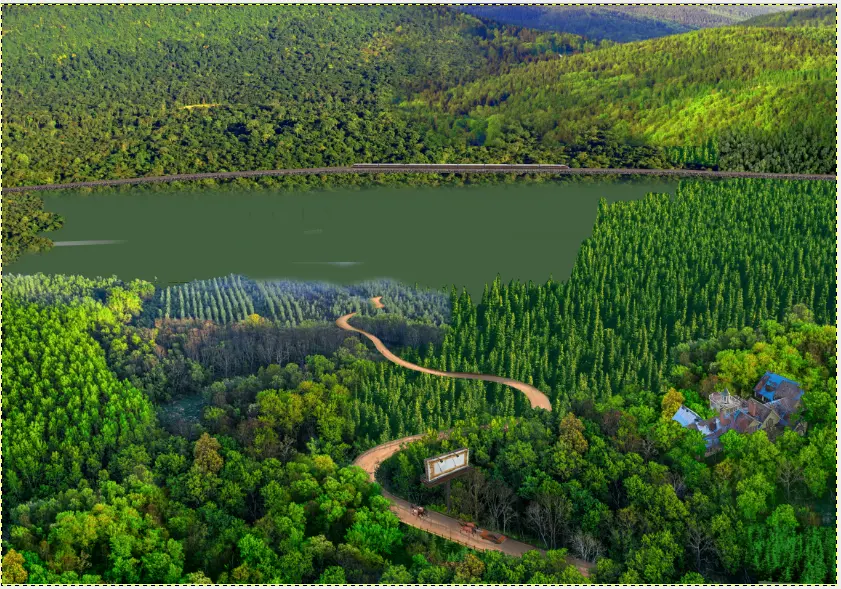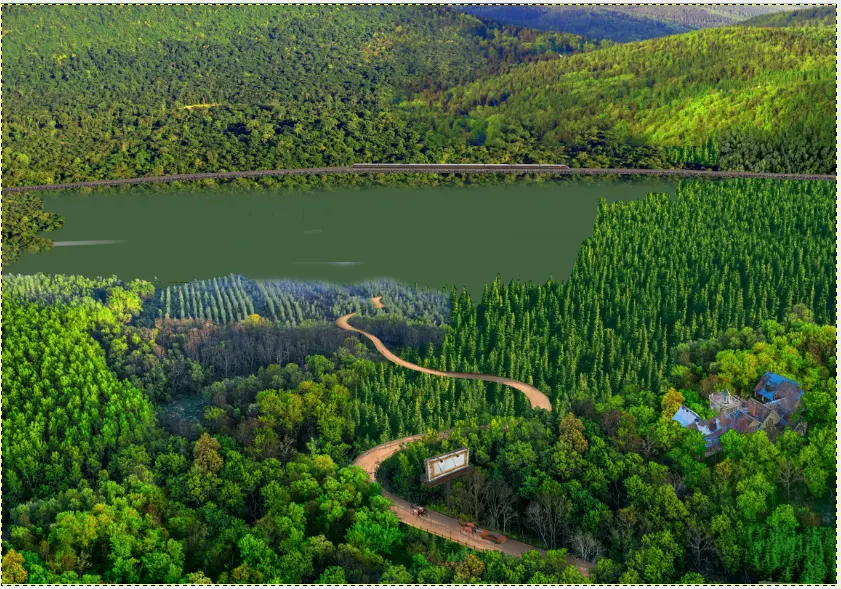
Thank you!
Agreed on all those vehicles! I think it'd be pretty fascinating to see the sheer range of things people might take on the road. Especially compared to the near-identical designs all modern cars seem to be trending towards.
There are a few places around with super low speed limits and no vehicle inspections and I've definitely seen golf courses, gator-type off-road buggies, and other weirdness driving on their roads.
I also dig the idea of the motors/batteries pulling double duty. They could also help balance the grid in some circumstances. And to add to this concept - woodgas vehicles can double as electric generators while they burn down the leftover fuel - I suggested on one of my photobashes that the work crews deconstructing McMansions might use them (and portable solar panel kits) to power some of their equipment.
I'm skeptical the flowers will have the ability to split concrete slabs/curbs apart - trees definitely could but flowers seem unlikely to me.
I absolutely love this series - the artist does the cityscape photobashes I wish I had the skill and patience to make. Maybe someday.
That's awesome! I hope it works out! I'm just giving whatever laptops and tablets I can get to the group to give to individuals but it helps them with resumes, calling home, etc.
I've got a few projects going - I'm writing a TTRPG campaign for the solarpunk game Fully Automated, which I'm hoping to test and eventually release libre and gratis through their official channels. All my work so far has been on setting, characters, plot points etc, so I think you could use most game systems for it, though I am hoping to build out any gameplay stuff next (statting out some characters in FA's system and building a minigame around soil and water testing). The campaign itself involves exploring a mostly abandoned former bedroom community, searching for illegally dumped industrial waste from sixty years before so it can be safely removed and used in the production of geopolymers.
I've made a couple grocery trips on the mountain bike I recently started setting up as a cargo bike.
I've been fixing up an ewaste MacBook to donate to a refugee resettlement group.
I've also been getting into bookbinding, which I'm now using to make physical copies of some of my favorite extremely self published ebooks, none of which ever got a hardcopy release, some of which never got released as anything but serialized fiction on a blog or paywalled patreon. I'm not sure how much making something from entirely new materials falls under solarpunk for me, but I really like the idea of making long-lasting versions of these books.



Here's one of the ones I just finished - I've found I really enjoy the process of physically making these books. It's very satisfying. Theyre stitched like hardcovers, so they'll hold together well, but glued into a printed canvas softcover (my local makerspace has a plotter printer and my SO figured out they can run a big roll of canvas through it).
This is a really cool question!
If you're looking for advice specifically on cosplay, I'd second sewing, tailoring, and thrifting, as well as picking your characters based on what you can do with the materials you have/what you can get used. People can be wonderfully clever when they're looking at the resources they have and figuring out what they can do with it. Also: Buy Nothing and Everything is Free groups might be able to help a bit if you have time (getting something used/for free tends to have a tradeoff in waiting for one to show up, but not always).
If you're looking for other hobbies that can be done with little waste, writing can be about as close to zero materials as it gets - your starting material is essentially other stories and your own lived experiences. You can do it on scrap paper or basically any laptop that still turns on (my main writing computer at the moment is an old Chromebook with two gigs of RAM running Alpine Linux with Wavemaker Cards for its writing software).
Drawing, especially the fundamentals, can also be practiced with basic materials, I did a lot of the anatomy drills with a mechanical pencil on computer paper. And if you get into digital art, depending on what tools you want, a laptop and mouse might be enough (that's how I do my photobashes, though I do also have a drawing monitor which I use in some of them).
Another option is to look at what resources you already have access to (know someone with tools? Have the means to print for free?) and see if there are any hobbies that interest you that those resources would allow you to do. Often tools and such are as big a part of the consumption as the materials.
That's good to know, and not something I'd thought about but it makes sense how it could cause damage. I definitely need to get a better bike lock or at least a chain - I lost the key to mine and have been using a padlock with a really long shackle, which works on some bike racks and not well on others. Once I've got that, I can probably just put my bike behind that rack and keep from torquing the wheel. Thanks!
Sounds good! And I definitely will! I've been making some grocery trips with the cloth bags and milk crate, and it's fine, but it'd be nice if I could just drop the totes into the panniers without having to load and unload them one item at a time, so it's definitely worth doing. I'll probably start on it later this month. Glad you're in a better place!




Thank you!